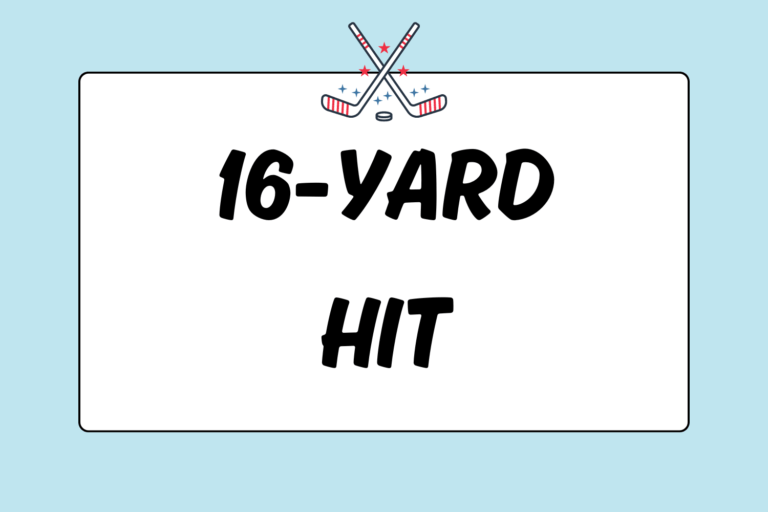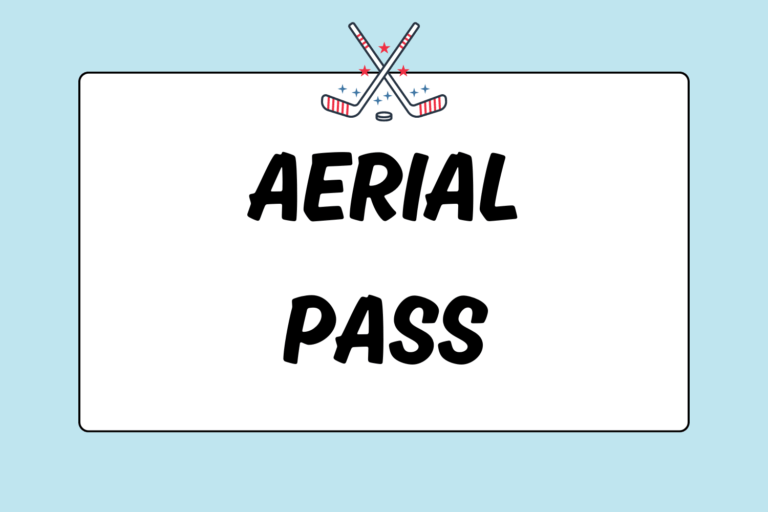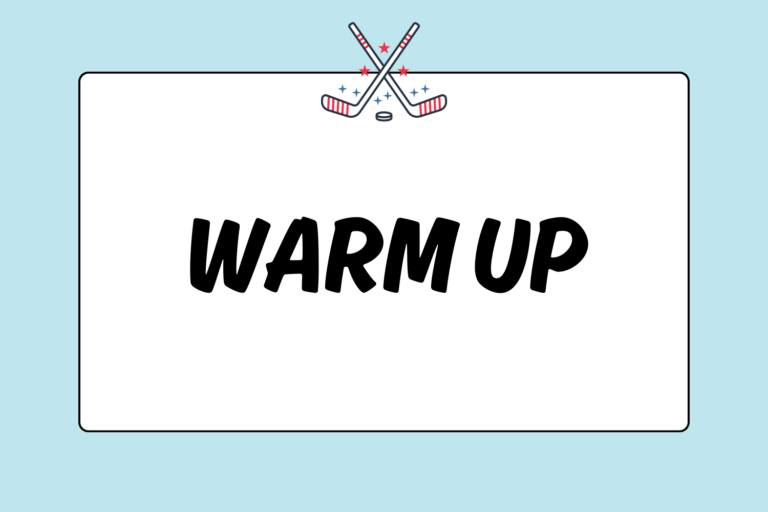A penalty corner, or short corner (short), is the best opportunity to score in field hockey because the offensive team attacks with twice as many players as the defensive team.
From an offensive standpoint, mastering the short corner is one of the best attacking strategies, and every team has their own special play. Players often try to draw a defender into committing a foul within the shooting circle so that the offensive team may receive a penalty short. This guide will teach you the basic positions and setup of a short corner, as well as the specific roles of every player involved.
The Penalty Corner
A penalty corner is awarded to an offensive team when the defensive team commits a foul inside the shooting circle. It’s also awarded when a defender commits an intentional foul outside the circle within the 25-yard (23 meters) defensive area.
When a penalty corner is called, play is stopped to allow both teams to set up their respective attack and defense positions. Defense is allowed five defenders, including the goalie on the end line, but no attacker or defender can be within 5.5 yards (5 meters) of the ball before the hit is taken. The rest of the defenders must return and wait behind the field’s center line until the ball is pushed out by the offensive player.
One offensive player — the “injector” — also stands on the end line, 11 yards (10 meters) away from the goal. She pushes the ball out her teammates — the stopper and shooter — who are waiting at the top of the shooting circle to take a shot on goal. The ball must travel outside the shooting circle before an offensive player can take a shot.
Once the injector pushes the ball out to her teammates on the shooting circle, the stopper will stop it to control the ball. She will then tap the ball back into the circle for the shot to be taken. The shot has to be taken inside the marked circle for the goal to count.
If the ball is lifted in the air above the backboard, the goal will not count. The only exception to this rule is if the first shot is a “scoop” or a “flick” — shots that are lifted in the air with a long scooping or pushing action. On the international level, the “drag flick” — the fastest lifted shot you can take on goal — is the most popular type of lifted shot on short corners.
The Setup
Most coaches have set plays for short corners. The positions on the top of the circle generally vary, but there are three concrete positions for the offensive player: The injector, stopper, and hitter.
Injector
The injector stands 11 yards from the goal post at a designated spot on the end line. She is the only player allowed to have one foot inside the shooting circle. She sends the ball from the end line to the top of the circle, where the stopper is waiting to control the ball before the hitter takes her shot.
The injector can hit the ball to her teammates however she chooses. At the beginning stages or on a grass field, the injector should either deliver the ball with a push, upright slap, or short handle hit. The key to this position is controlling the ball. It cannot be lifted, nor can it deviate from the path of the stopper. This type of delivery will put the stopper in the best position to stop and control the ball before the hitter takes a shot on goal. On turf, the injector would simply position the ball in the hook of the stick and drag it in a straight line towards the stopper.
Stopper
The stopper’s job is to trap the ball at the top of the circle to control it for the hitter. There are two main types of stops.
- On turf: Place the stick horizontally with the toe touching the ground. Use the shaft of the stick to stop the ball. Make sure to stop the ball outside of the circle, and then move it into the circle for the hitter to take a shot at goal.
- On grass: The stick should be vertical to the ground. The ball is trapped on the bottom of the stick, outside of the circle before being knocked back into the circle so the hitter can take her shot on goal. As the stopper, make sure to position your left hand at the bottom of the grip and your right hand behind the stick to for support. Do not wrap your fingers around the flat side of the stick — unless you want a few bruised or broken fingers.
If you are a beginner, use the grass-specific stop rather than the turf stop because it works for both types of surfaces.
Hitter
The hitter stands at the top of the circle and to the left of the stopper. Timing with this shot is crucial, the ball needs to be hit as soon as it is either trapped or pushed into the circle. The ball is usually stopped a few inches outside the circle and tapped back in.
For the hit, hold the stick in the “double v” grip. Approach the ball to give yourself a moving start. Start with the stick in the backswing position. By doing this, you save time on the hit by not having to windup your backswing. Use a drive or hit to take a shot on goal. Aim for the back post.
Hot Tip: Just Tap It In
Most goals are scored off rebounds and deflections in short corners. Big swings won’t get you goals, but quick pushes and redirections will. So, work on getting goal-hungry and making smart plays in front of the goal. When in doubt, remember: Just tap it in.
Circle Positions
The injector, stopper, and hitter are the three main positions for offense in the short corners — they set up the entire play and their formation is set up by the coach. But, the other positions are equally as important in scoring. Generally, six to eight attackers surround the circle. The players must stand outside the circle until the ball is hit in by the injector.
The most important thing to remember is that your position on the top of the circle is your starting position. Your finishing position is where you are attacking after the ball has been hit. Once the injector hits the ball, everyone moves:
- The injector runs to the goal post closest to her, ready for possible deflection or scoring opportunities.
- The player to the right of the injector (on the circle) runs towards the goal and shields (covers) the goalie, ready to deflect shots into the goal.
- The next players, going counterclockwise around the shooting circle, are the hitter and stopper. These two players stay at the top of the circle for possible rebounds.
- A backup player stands behind the stopper and hitter in case they miss the initial delivery from the injector.
- To the right of the hitter and stopper stands another player. Her job is to cover the right side of the goalie’s pads for possible deflections.
- The final player stands to the far right of the circle. Her job is to cover the right post.
The Key to Successful Shots
Watch for rebounds. A rebound is when the ball hits the goalie’s pads and comes back into the circle. The ideal situation in a short corner is a goal on the first shot by the hitter. However, in the beginning stages of the sport, this is not often the case. Therefore, do not only rely on the hitter to take a powerful shot. Work on covering the circle to gain possession of the ball off a rebound. If you keep your stick down inside the circle, you will be able to deflect the ball into the goal off the first shot. You’ll be able to take quick shots off other rebounds, as well.
Inside the circle, the game is bound to get messy. So, keep your cool and watch for opportunities to shoot. This will give you the best mindset to score goals.





